The Medical University in Bialystok Poland
Flovac’s engineering group in Poland, working in conjunction with The Medical University in Bialystok have developed a unique solution that has broad applications for Hospitals around the world.
The problem that many hospitals face, particularly those focused on cancer wards is the radioactive wastewater that is held for long periods of time in storage tanks. The use of vacuum toilets in the cancer wards reduces the amount of water flushing to 1 litre per flush reducing the water usage and the space required for storage tanks.
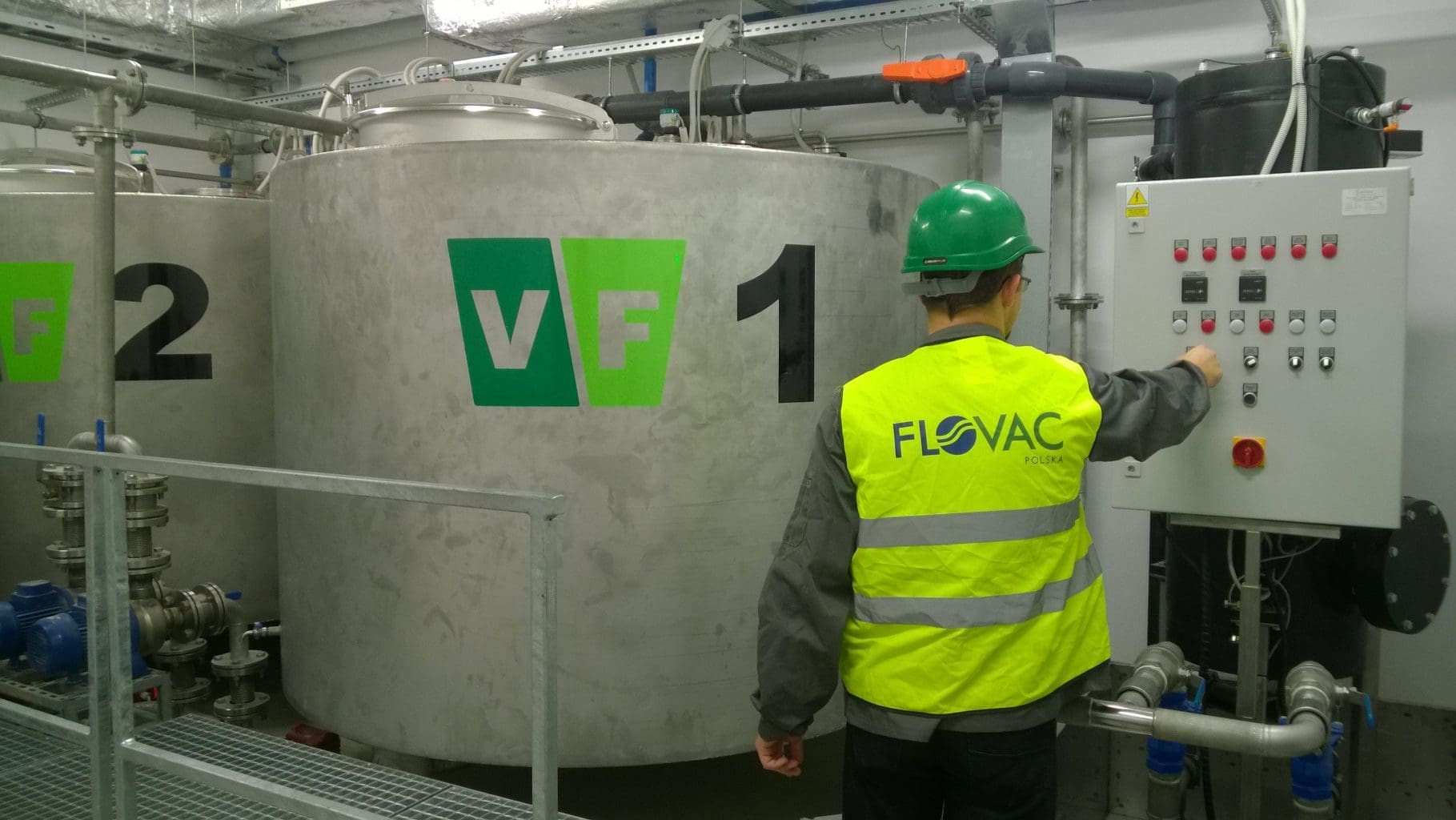
Another main problem that the Flovac engineers resolved was in how to get the radioactive waste from the cancer treatment rooms to to storage tanks located in the basement. An initial gravity design by the hospital proved difficult as not only were the treatment rooms spread out throughout the hospital there was also no room to fit the gravity pipes due to congested corridors already taken up with other pipework and power cables.
The Flovac system that was installed used small diameter PVC pipe with glued joints. The small slope that was required made it easy to avoid obstacles and helped get around difficult area’s. Small grey water collection sumps and vacuum toilets ensured that no digging through floors needed to be done. The vacuum pump station which generates the vacuum energy throughout the pipe network was housed in the basement right next to the storage tanks. This meant that no valuable space was taken up with sewage infrastructure. The Chancellor of the University was particularly happy with the speed of construction and the limited impact the installation had on the working of the hospital.
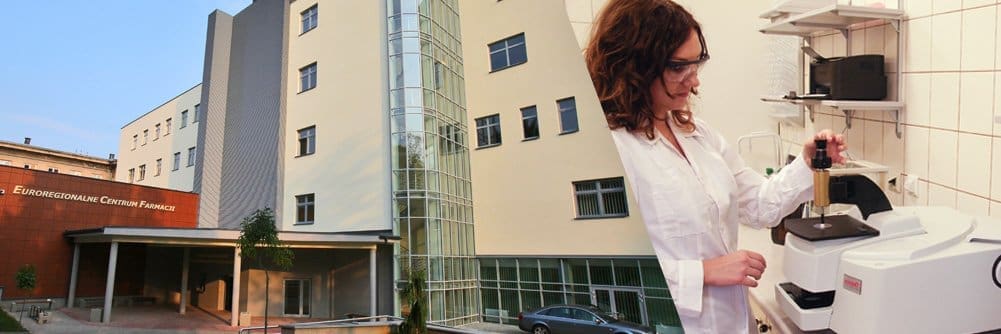
One of the most important elements that the Flovac system delivered was the security in knowing that no radioactive materials could leak out of the pipework anywhere else within the hospital. As the vacuum pipework is always under negative pressure if a break in the pipe occured air would be sucked into the pipe and no wastewater could exit. As more vacuum would be required at this point the operator would be immediately notified and repairs made.
A number of hospitals in Poland, working in conjunction with the University are planning to utilise this technology.
If you would like more information on this please contact [email protected]


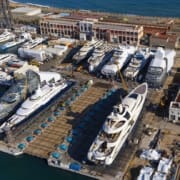
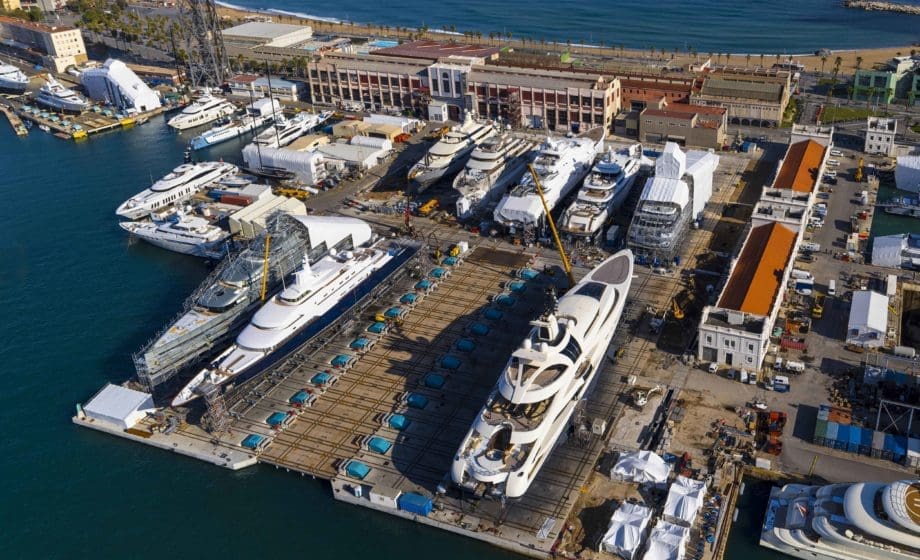
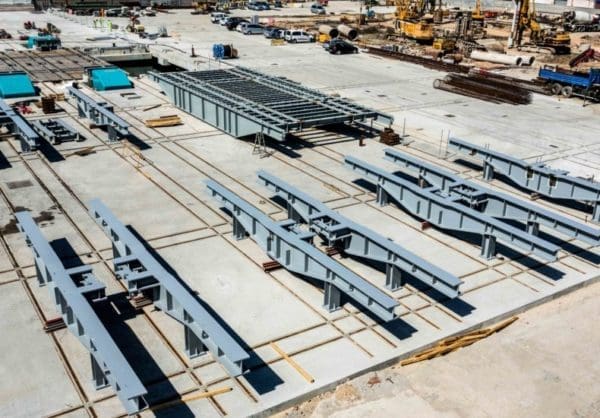 Raising Capacity
Raising Capacity
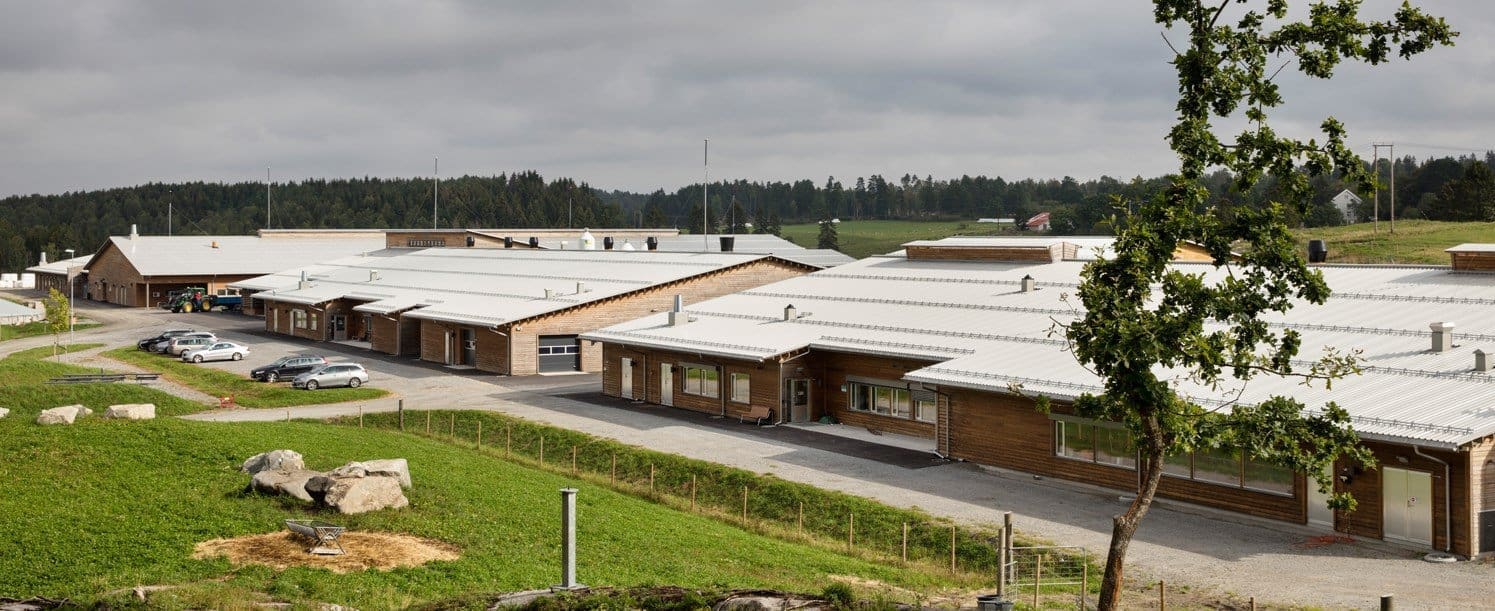
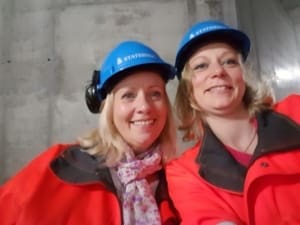 The Innovation team from Flovac’s German Unit under the management of Antje Adler has been appointed by Norway’s leading engineering design firm STATSBYGG to supply a Flovac vacuum sewerage system for inclusion in the new Center for Animal Research at Campus Ås. Based outside of Oslo, Campus Ås will become Norway’s largest interdisciplinary academic Center for the environmental and life sciences and for landscape architecture.
The Innovation team from Flovac’s German Unit under the management of Antje Adler has been appointed by Norway’s leading engineering design firm STATSBYGG to supply a Flovac vacuum sewerage system for inclusion in the new Center for Animal Research at Campus Ås. Based outside of Oslo, Campus Ås will become Norway’s largest interdisciplinary academic Center for the environmental and life sciences and for landscape architecture.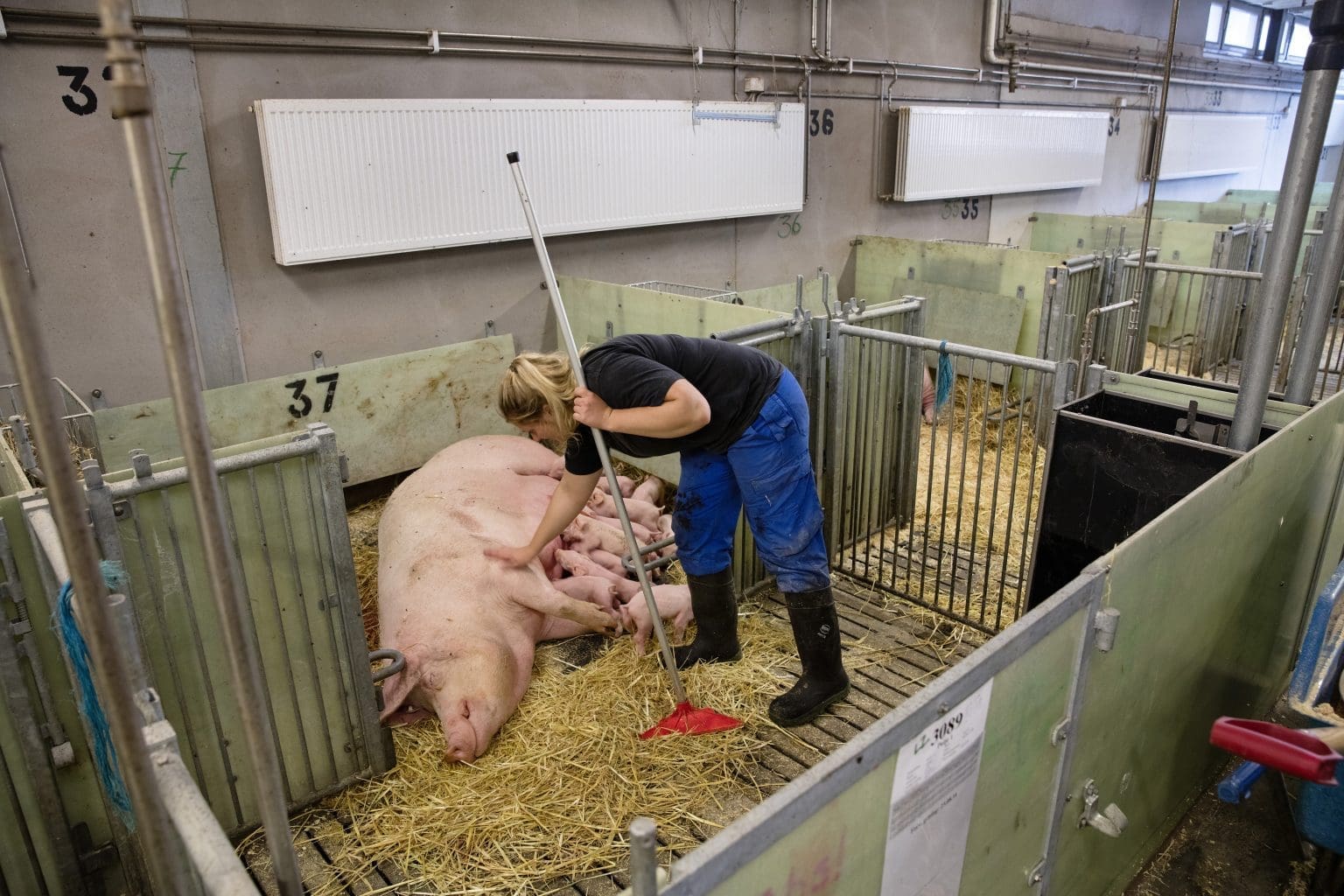
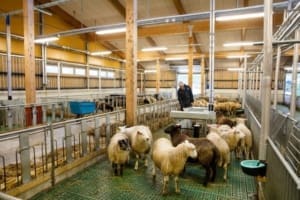 As disease control and prevention is of utmost importance, the Flovac system was chosen to ensure that any waste from the animals is collected in a safe way. A Flovac pump station which generates the vacuum pressure in the wastewater collection network is situated remotely from the animals with flexible pipe installed underneath the livestock units. All waste is collected via floor drains throughout the facility. Flovac valves are housed in the floor drains and operate pneumatically with no need for an electrical connection. This reduces the carbon footprint of the facility. To ensure as little disruption as possible for the livestock all valves are remotely monitored and crucial data can be collected by the management team.
As disease control and prevention is of utmost importance, the Flovac system was chosen to ensure that any waste from the animals is collected in a safe way. A Flovac pump station which generates the vacuum pressure in the wastewater collection network is situated remotely from the animals with flexible pipe installed underneath the livestock units. All waste is collected via floor drains throughout the facility. Flovac valves are housed in the floor drains and operate pneumatically with no need for an electrical connection. This reduces the carbon footprint of the facility. To ensure as little disruption as possible for the livestock all valves are remotely monitored and crucial data can be collected by the management team.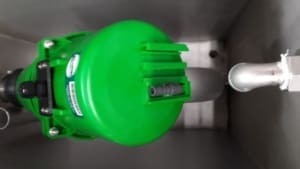 A number of tests on the vacuum system were done, including a leakage test to show that if the vacuum mains were broken in anyway there would still be no blockage. A video of that test is available here if you would like to watch it.
A number of tests on the vacuum system were done, including a leakage test to show that if the vacuum mains were broken in anyway there would still be no blockage. A video of that test is available here if you would like to watch it. 
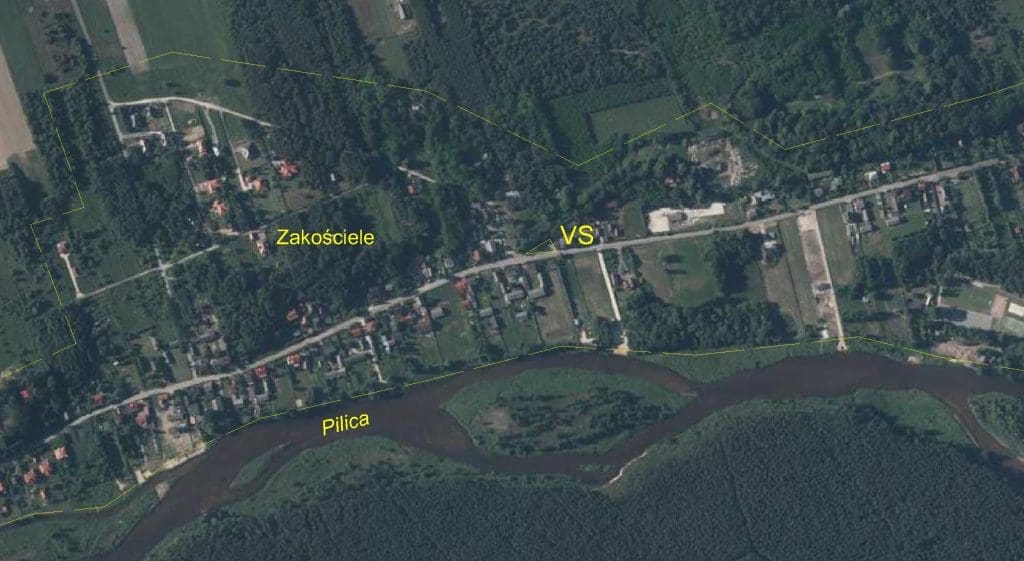
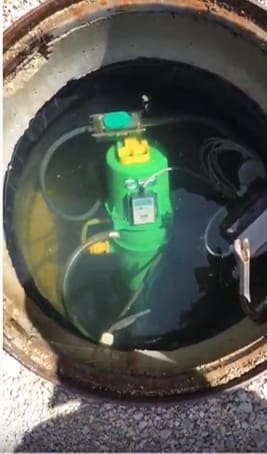 At first a tender came out for a gravity system with a number of pump stations located along the rivers edge. When our colleagues from Flovac Polska contacted the town and contractor (designer) about the benefits of a vacuum system in this location, they were very unsure as they had never heard of vacuum system. After a whole of life costing analysis and discussions with the contractor about the capital costs it was clearly shown that the vacuum system would be a much cheaper option. More importantly a Flovac system was seen as a much better system to install in an area where flooding was a problem.
At first a tender came out for a gravity system with a number of pump stations located along the rivers edge. When our colleagues from Flovac Polska contacted the town and contractor (designer) about the benefits of a vacuum system in this location, they were very unsure as they had never heard of vacuum system. After a whole of life costing analysis and discussions with the contractor about the capital costs it was clearly shown that the vacuum system would be a much cheaper option. More importantly a Flovac system was seen as a much better system to install in an area where flooding was a problem.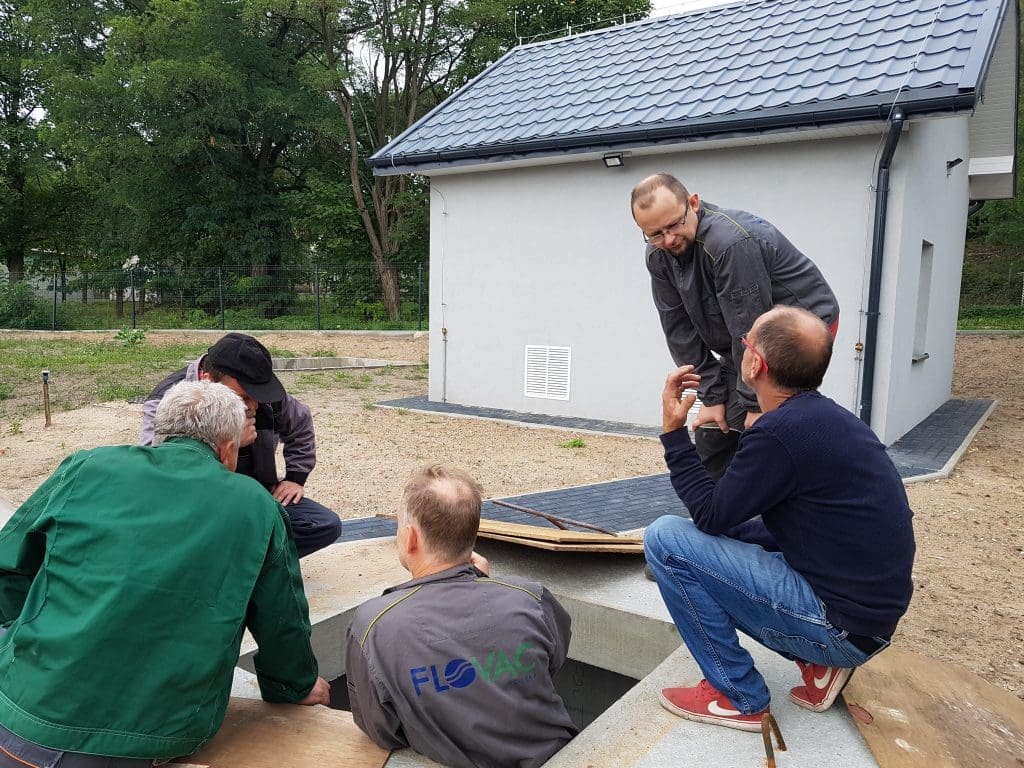

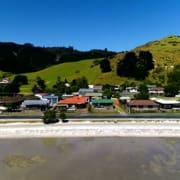
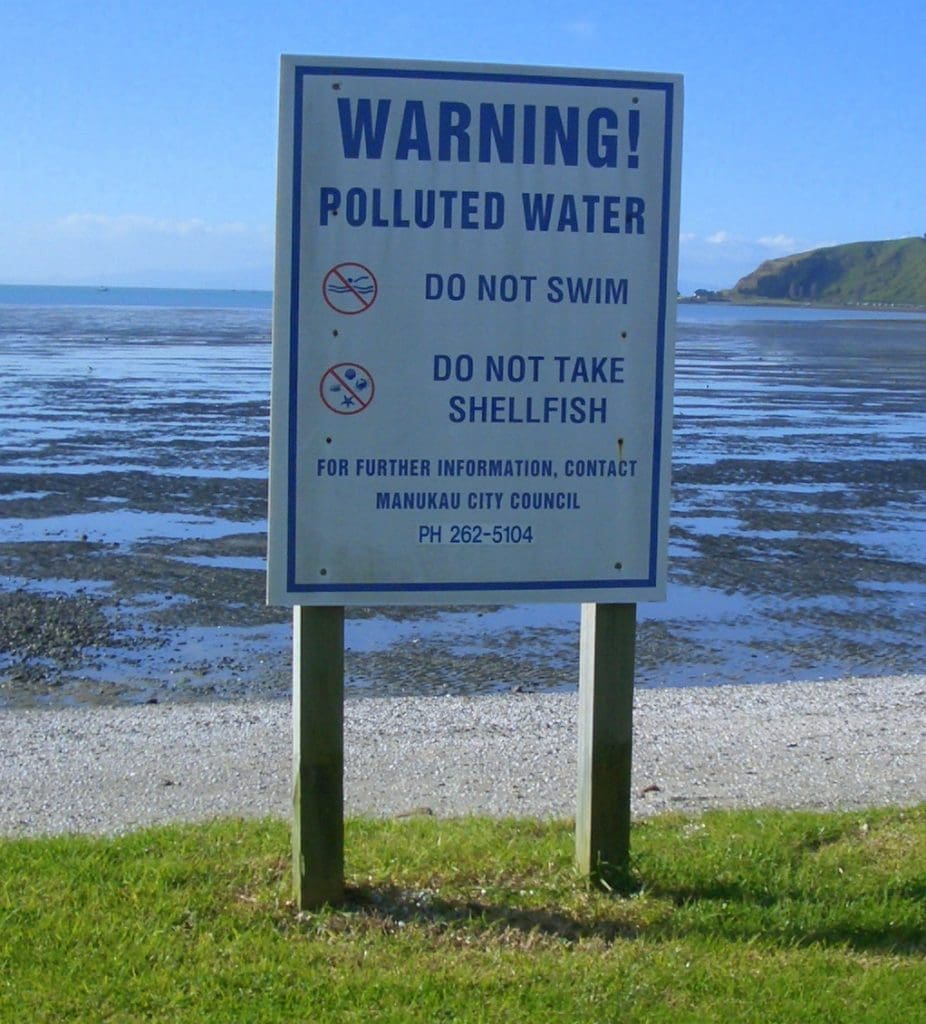
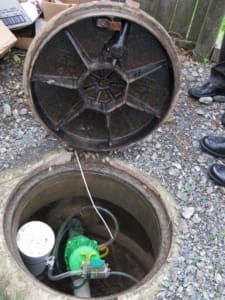 The celebrated project was designed by engineering consultancy Harrison Grierson with Flovac Systems and constructed by Fulton Hogan. Watercare took over the operation of the Kawakawa Bay system after it had been in operation for a year. Following the implementation of the system, ageing septic tanks in the area could be removed, helping to reduce pollution to local streams and
The celebrated project was designed by engineering consultancy Harrison Grierson with Flovac Systems and constructed by Fulton Hogan. Watercare took over the operation of the Kawakawa Bay system after it had been in operation for a year. Following the implementation of the system, ageing septic tanks in the area could be removed, helping to reduce pollution to local streams and The wastewater project makes use of a Flovac vacuum collection system, which is a first for New Zealand. This allowed for the fast construction of shallow pipelines, reducing the impact on residents in the area.
The wastewater project makes use of a Flovac vacuum collection system, which is a first for New Zealand. This allowed for the fast construction of shallow pipelines, reducing the impact on residents in the area.


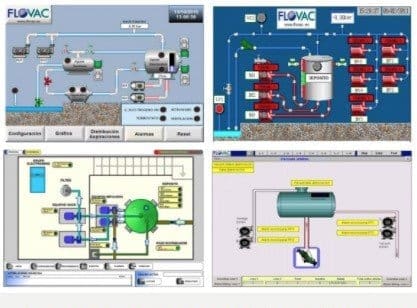
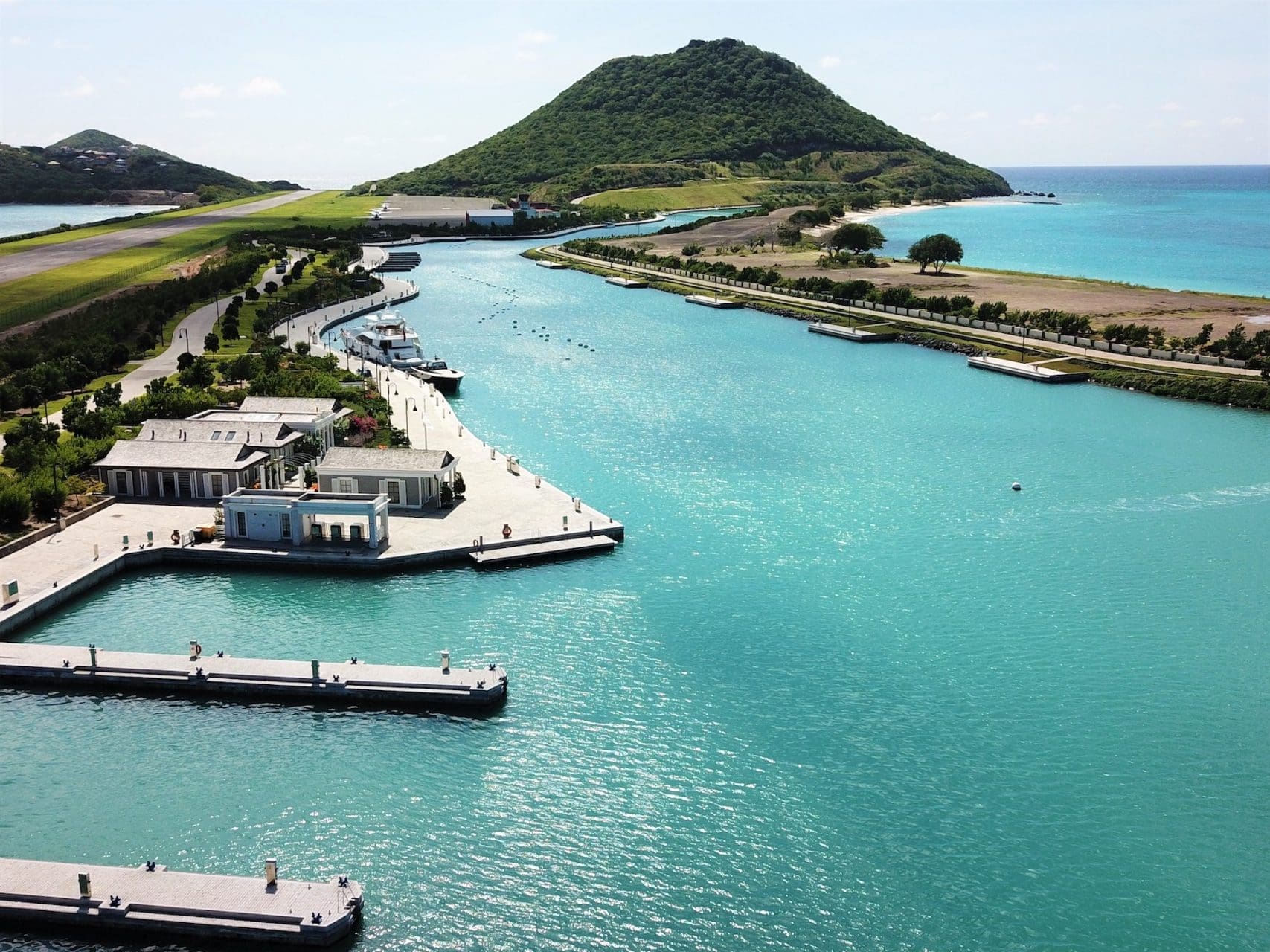

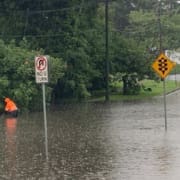

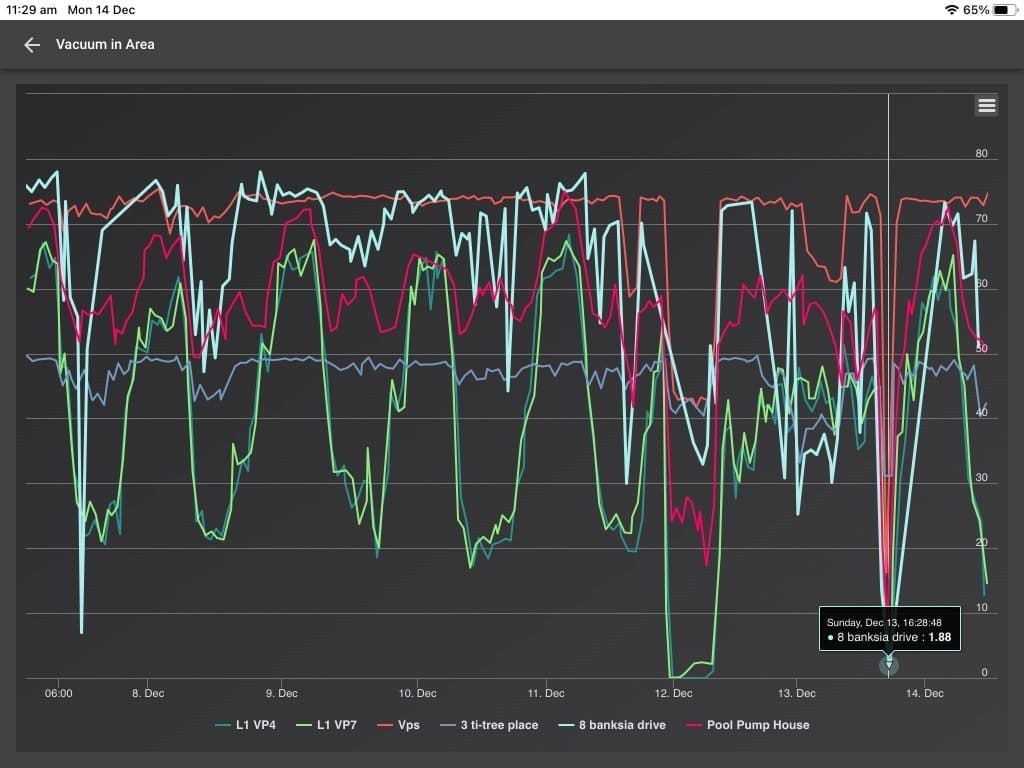
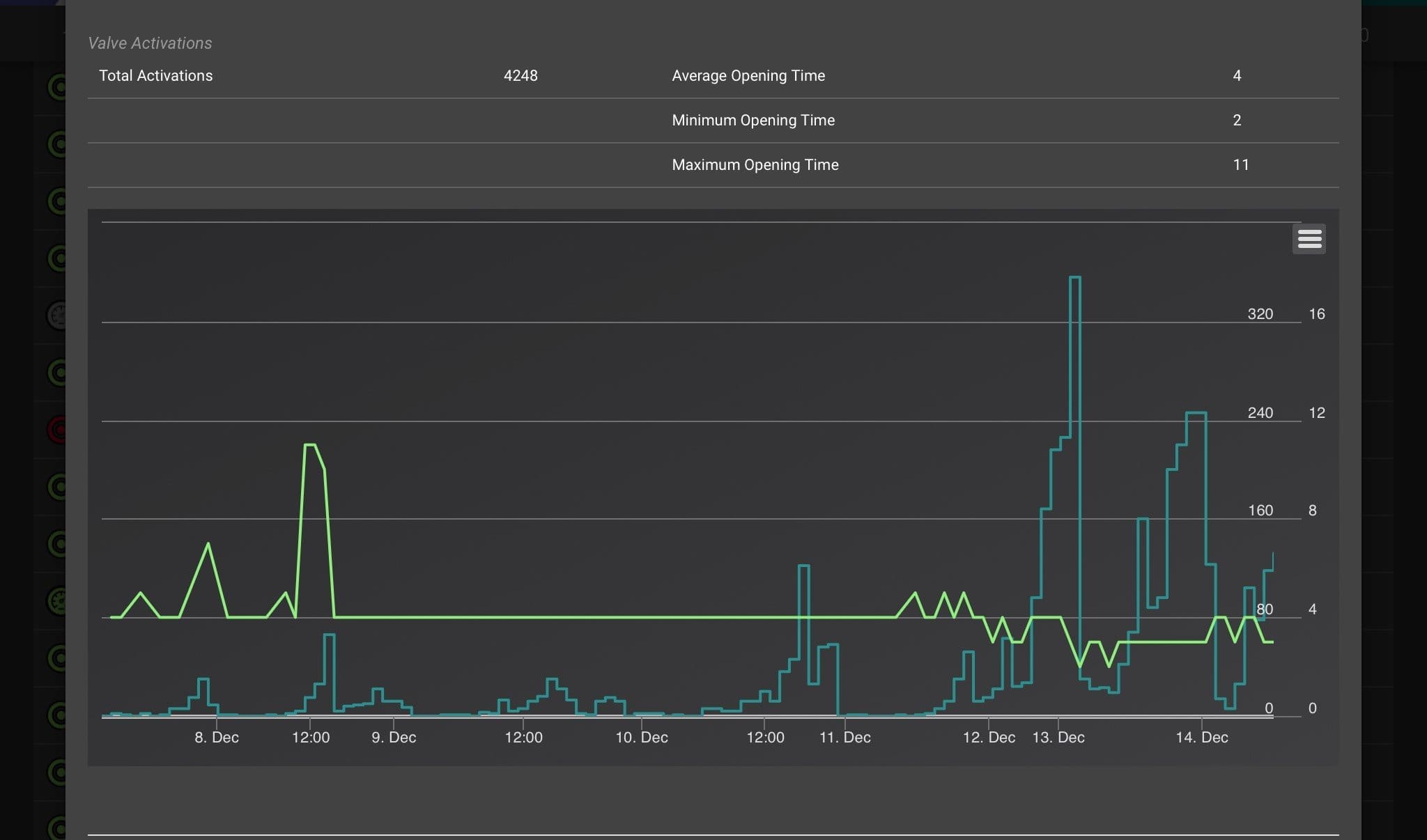
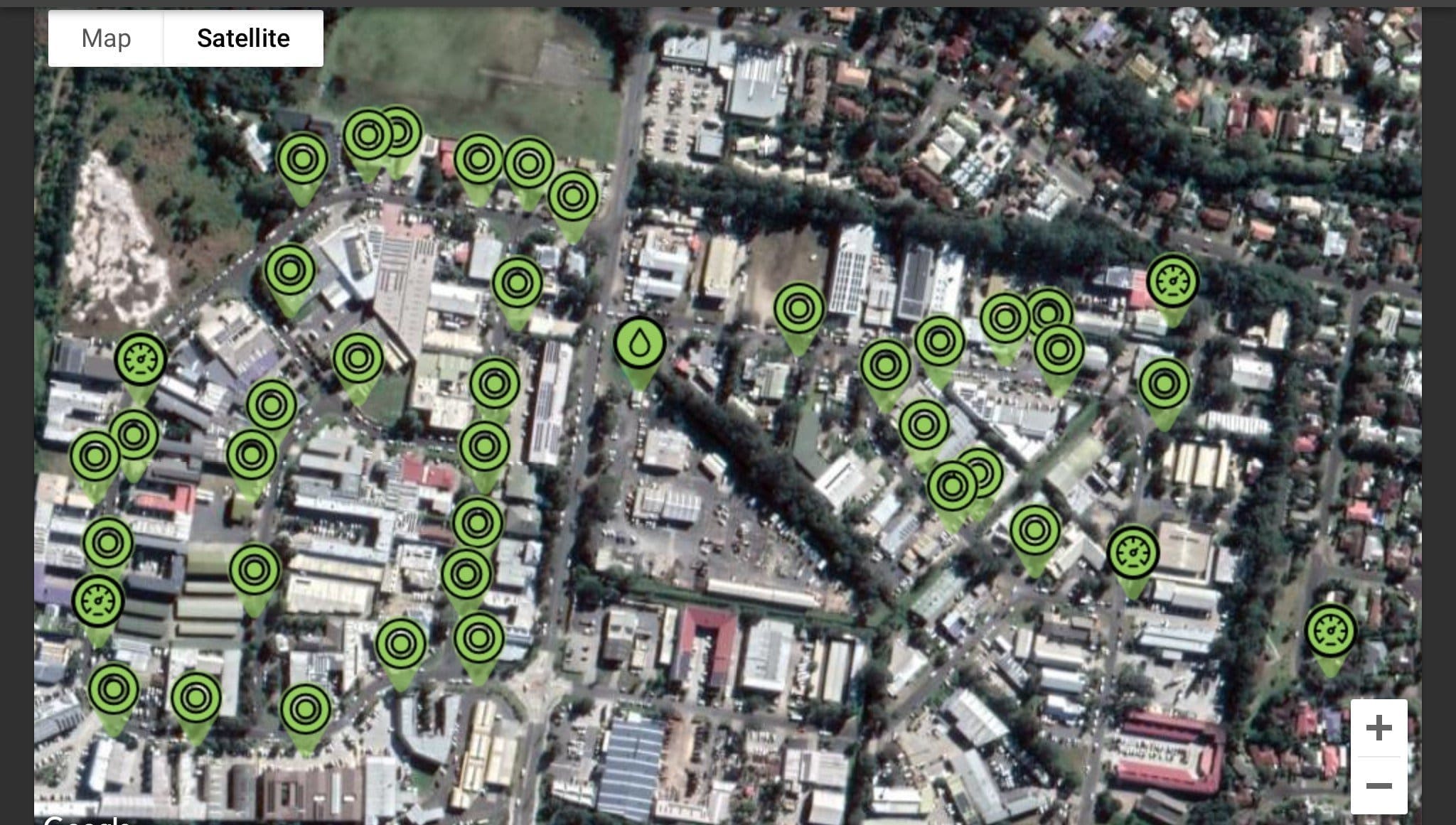
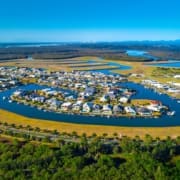
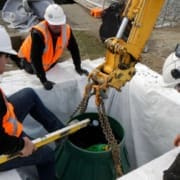
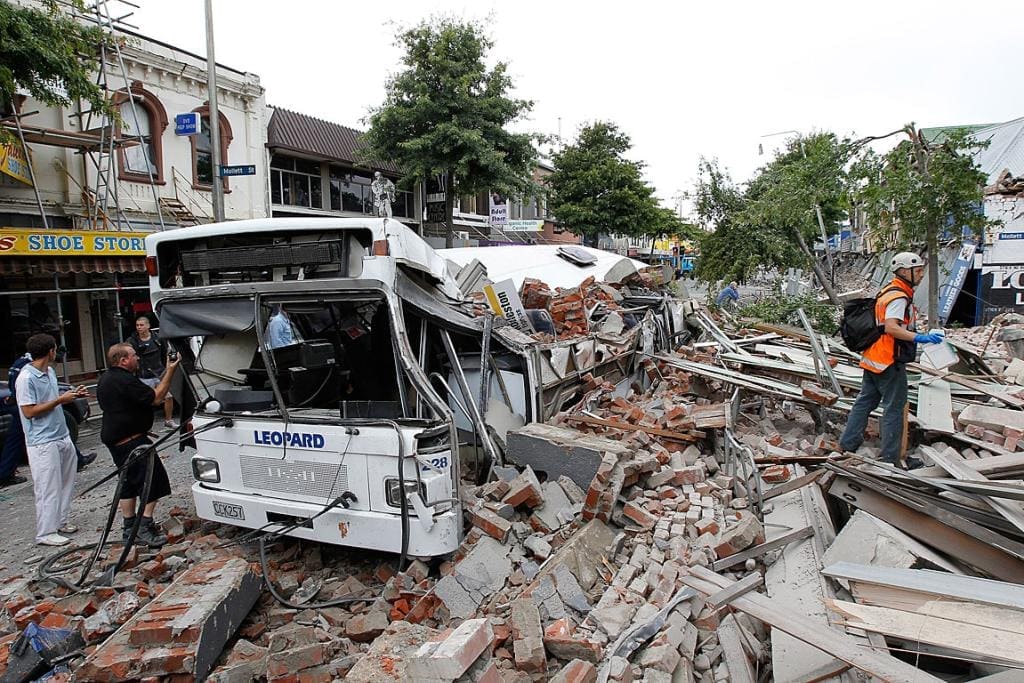
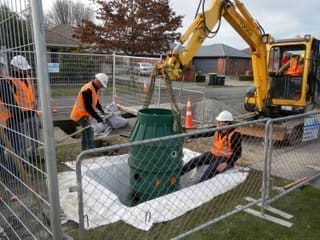 The area targeted for the Flovac vacuum system was badly affected by earthquakes with lateral spread and land-level changes. Previously, the city’s wastewater network has relied totally on a gravity system with pipelines at a gradient to support downhill flow.
The area targeted for the Flovac vacuum system was badly affected by earthquakes with lateral spread and land-level changes. Previously, the city’s wastewater network has relied totally on a gravity system with pipelines at a gradient to support downhill flow.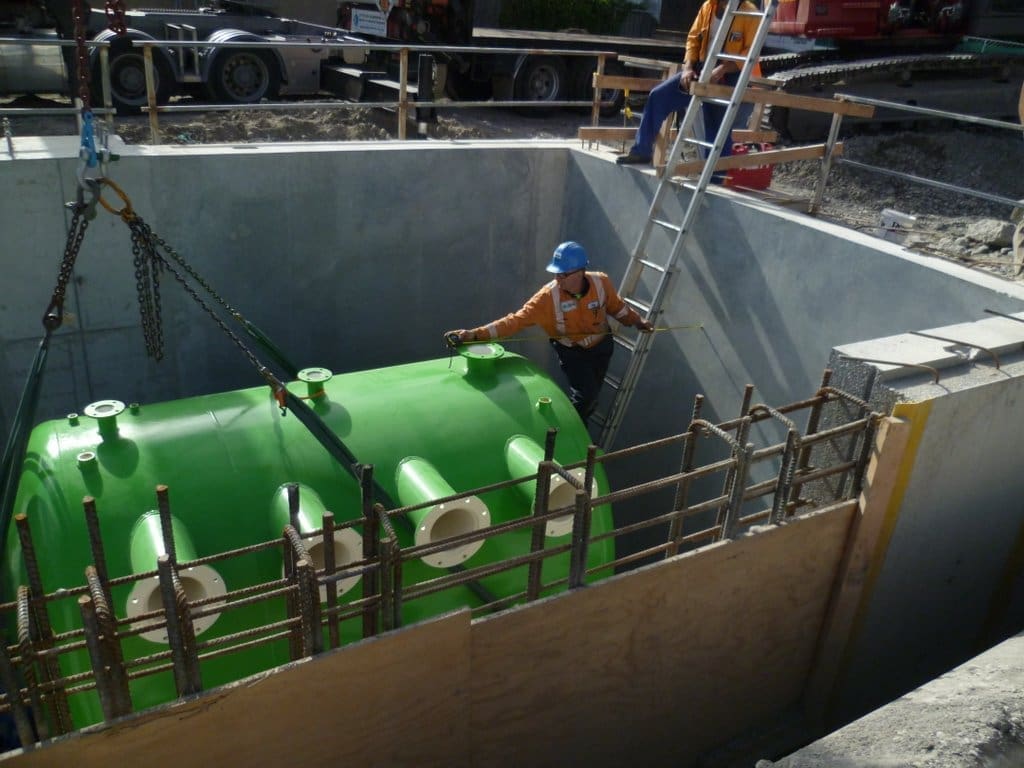
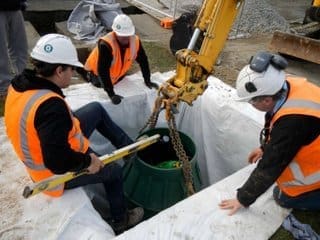 Residents will not notice any change
Residents will not notice any change